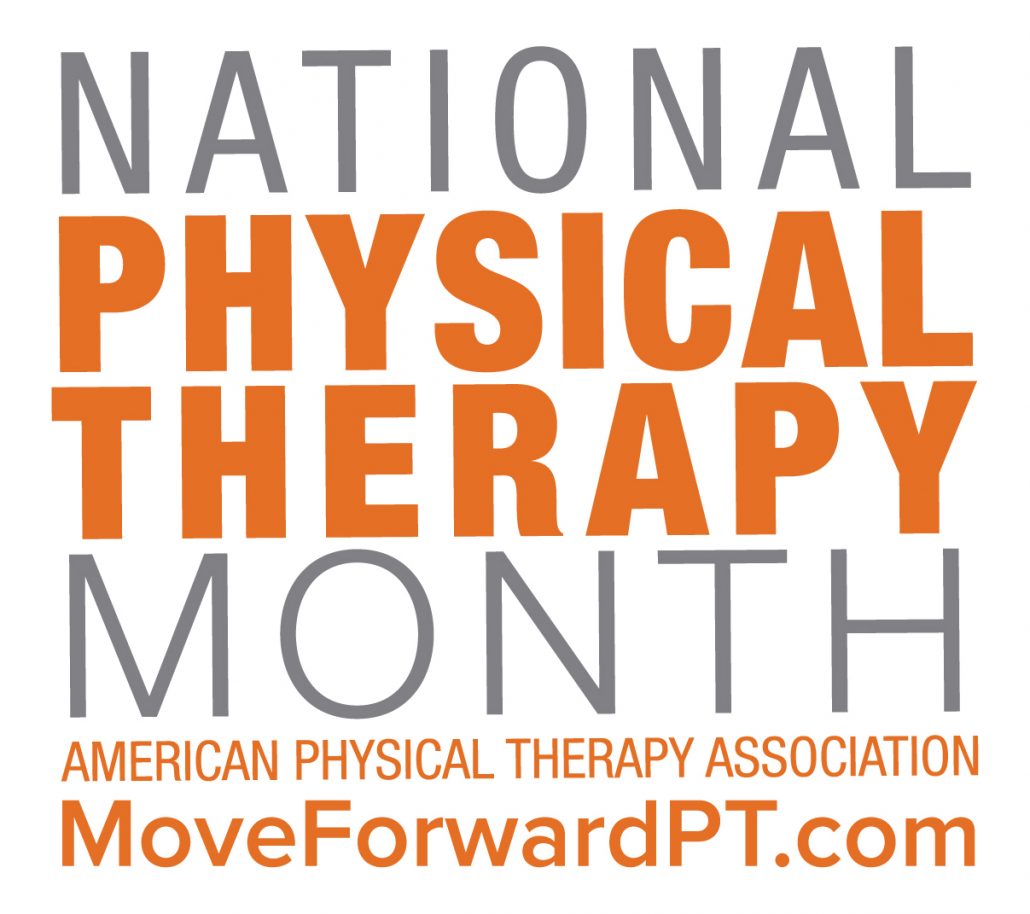by Stacy Baker, OTR/L, CHC, RAC-CT, Proactive Medical Review
The Quality Improvement Organization (QIO) Program originated with the Peer Review Improvement Act of 1982 and is authorized by Title XI Part B and Title XVIII the Act. The goal of the QIO program is to improve the quality of care for Medicare beneficiaries, including beneficiary complaints, skilled service termination appeals, and Immediate Advocacy to protect the Medicare Trust Fund. The QIO program is to achieve this goal through performance of various case review directives promulgated by CMS in the QIO Contract.
As of June 8th, important updates apply to the Beneficiary and Family Centered Care Quality Improvement Organization (BFCC-QI) in Indiana and Kentucky. Providers should review documents and publications noted below with references to KEPRO. The following actions should take place:
Indiana:
- Remove KEPRO (effective June 8, 2019) and replace with Livanta information
About Proactive Medical Review
HTS partners with Proactive Medical Review, a third party company who specializes in ensuring compliance with regulatory standards and promoting measurable care excellence. The team includes SNF experienced nurse, MDS, Health Facility Administrator, therapist and reimbursement specialists with experience serving in multi-site contract therapy operations, as corporate directors of quality, clinical program specialists, and Compliance Officers. Proactive is uniquely positioned to assist in managing the many changes and challenges facing providers partnered with HTS. Learn more about our commitment to compliance here.

